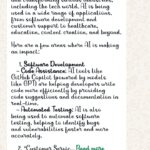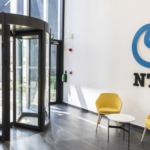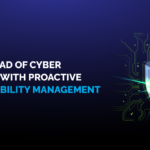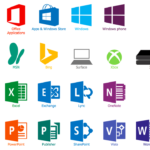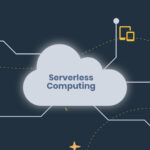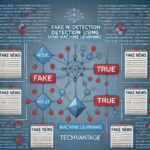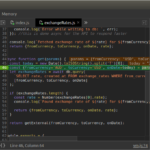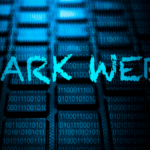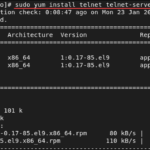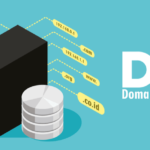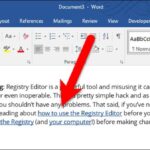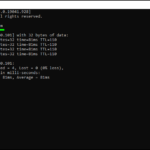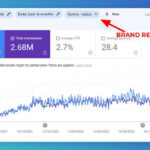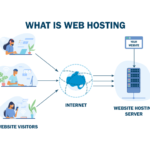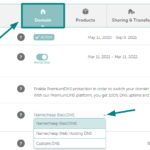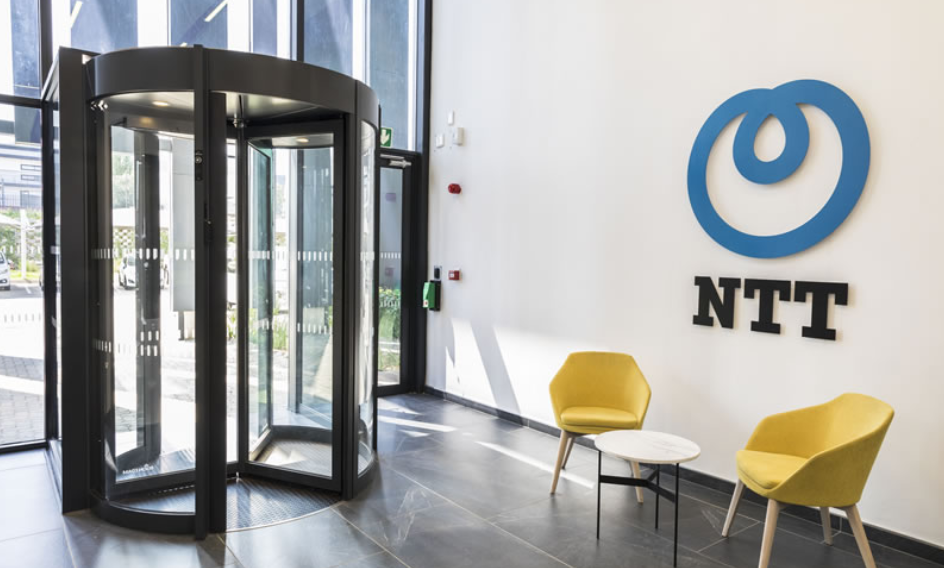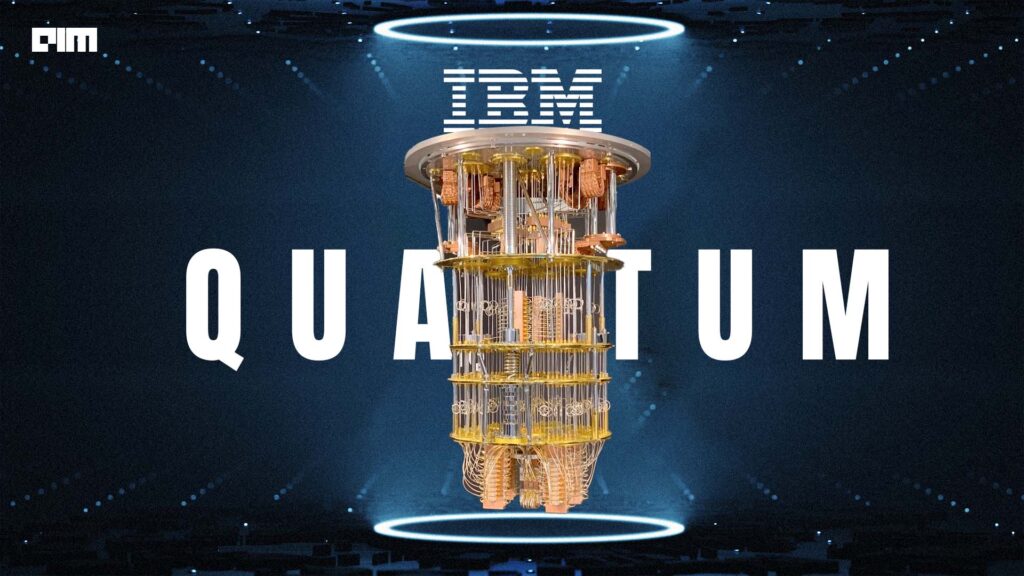
IBM Aims to Launch Powerful Quantum Computer by 2029 — Sooner Than Expected
IBM has just shared an ambitious plan: it wants to build and launch a large-scale, fault-tolerant quantum computer called IBM Quantum Starling by 2029. This is much sooner than many experts thought possible.
If successful, this computer will be incredibly powerful — IBM claims it will perform 20,000 times more operations than today’s best quantum machines. To give you an idea of how big that is, it would take the memory of more than 10⁴⁸ of the world’s top supercomputers just to simulate what this quantum computer can do.
“IBM is paving the way toward a new era in quantum computing,” said CEO Arvind Krishna. “We’re bringing together math, physics, and engineering to solve real problems and unlock huge potential for business.”
A Bold — But Believable — Timeline
Experts say IBM’s 2029 goal is ambitious, but not out of reach.
“They’ve been hitting their goals consistently,” said Ensar Seker, a cybersecurity expert at SOCRadar. “They’re tackling the right problems — especially around error correction and building systems that can scale.”
Quantum computers use qubits instead of the regular 0s and 1s in classical computers. Qubits are powerful because they can be both 0 and 1 at the same time — but they’re also prone to errors. To make a reliable quantum computer, IBM needs to build “logical qubits” — stable clusters made from thousands of physical qubits that can correct themselves in real time.
Morningstar analyst Luke Yang agrees IBM’s plan is realistic. “The technology will evolve, but the goal makes sense,” he said. Others, like Enrique Solano, who co-founded a quantum software company in Germany, added that while risks remain, “IBM is one of the few companies equipped to tackle this kind of challenge.”
IBM’s push is not just hype, says Tim Hollebeek from DigiCert: “They’re actually doing the work. This is no longer just theoretical — it’s an engineering effort now.”
Solving the Biggest Problem: Quantum Errors
A big obstacle in quantum computing is error correction. Quantum bits are fragile, and errors can pile up quickly. IBM’s plan centers on turning thousands of physical qubits into a smaller number of reliable logical qubits — a key step toward building useful quantum systems.
In a pair of research papers released with its roadmap, IBM explained how it plans to do this:
- One paper describes how to use new quantum error-correcting codes that reduce how many physical qubits are needed.
- The second shows how to decode and fix errors in real time using standard computers.
To build a practical quantum computer, IBM says, you need to:
- Minimize errors enough for real algorithms to work.
- Be able to create and measure logical qubits during a calculation.
- Apply complex instructions to those qubits.
- Interpret and respond to the results quickly.
- Build in a modular way that can scale up.
- Do all this using realistic amounts of power and hardware.
The Market Challenge: What Will Quantum Computers Be Used For?
While the technology is promising, figuring out what to actually do with these powerful machines is another question.
“Finding the right use cases might be the hardest part,” Yang said. So far, quantum computers shine in narrow tasks like random circuit sampling — but those aren’t necessarily useful in business or industry.
That said, once the hardware catches up, many expect breakthroughs in fields like drug discovery, material science, financial modeling, and logistics.
Q-Day: Is It Coming Sooner Than We Thought?
IBM’s announcement is also a warning sign: Q-Day — the day when quantum computers can break current encryption — may arrive sooner than expected.
“This makes it even more urgent for companies to start preparing,” said Dave Krauthamer, CTO of QuSecure, a firm specializing in quantum-safe encryption. “If IBM hits its timeline, encryption we rely on today could be at serious risk much earlier than planned.”
Roger Grimes, a cybersecurity expert at KnowBe4, pointed out that IBM isn’t alone — many quantum companies are suddenly reporting big progress. “The U.S. government originally aimed for 2030 to be ready for quantum threats, but that might not be soon enough,” he said.
Grimes criticized the recent softening of U.S. post-quantum cybersecurity deadlines. “Most American companies are doing nothing to prepare for Q-Day. They think they have more time — but that’s getting riskier by the day.”
“If I had to bet,” he added, “I’d say most U.S. companies will be caught unprepared when Q-Day actually arrives.”








